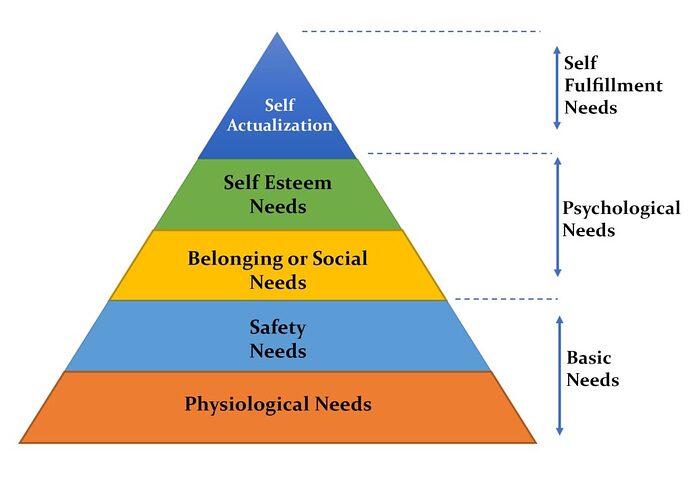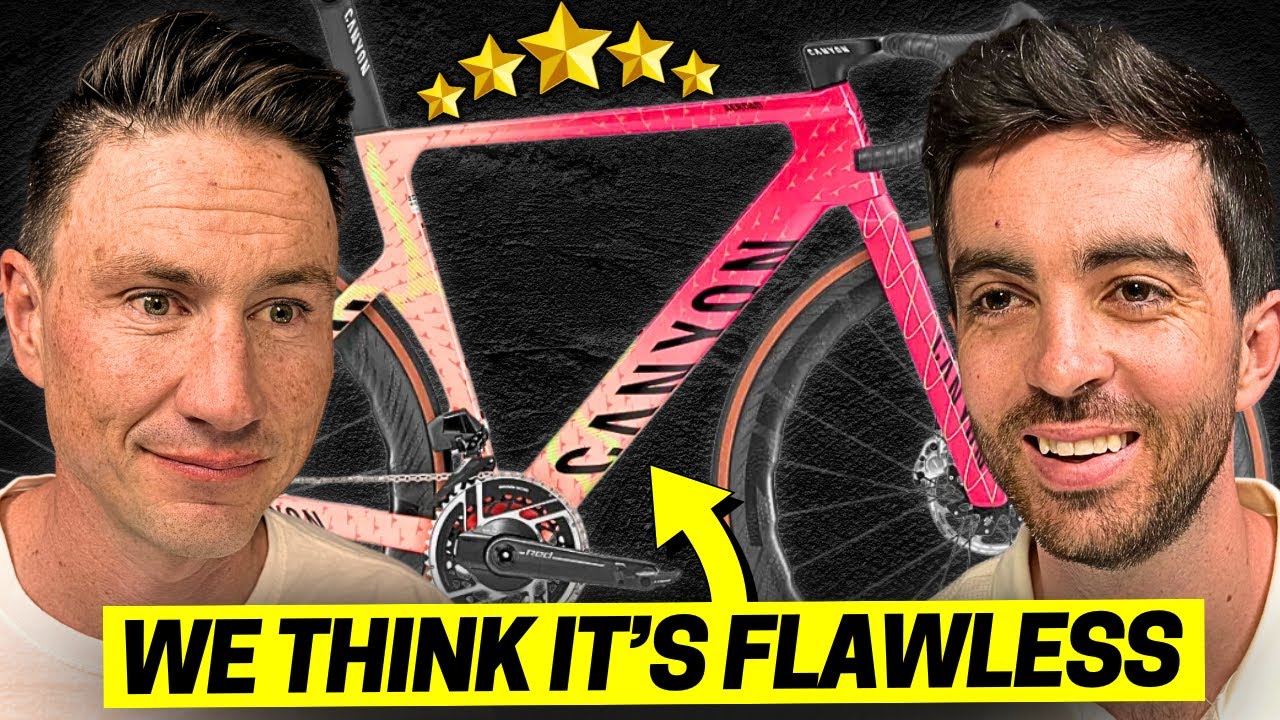Sorry I’ve only ever had carbon wheels on my caad12.
You could probaly add 10 extra 10 seconds on to the times by putting shallow wheels on.
I apologize, I was distastefully fishing was all (although my statements could be true about a Aero rim brake frame).
Apology not necessary, It made me laugh. Someone out there must have been biting there lip. My aero bike is rim brake by the way ![]()
Your picture didn’t load for me so the joke went straight over my head.
But you are right, rim brakes are faster because they dont work ![]()
What’s the 30s amount to? 2 to 2.5% range?
Assuming your position is identical (?), would that all be attributed to frame design & cockpit, or are there other subtle differences between the two setups that you suspect could be in play?
Yes, PB down to a low 23 on that course which is 2% by my calculations
The position is similar but not identical so may have an affect
Other differences which potentially add up :
- narrower, more aero bars
- integrated cables vs exposed
- disc brakes vs rim brakes
As I look at my yet to be unboxed aeroad that arrived today - I hope it will make a difference over my 2018 rim brake TCR!
Integrated aero cockpit; aero drops; narrower bars; optimised wheels; better tyre clearance - that’s before any gains from the frame. Obviously, some of that (but not all) I could’ve done with the TCR, but even a few watts is hard got through training, and I do race which are generally around 80km, so savings over the race do add up.
Obviously, I’m probably convincing myself after the fact but still!
First, thanks for sharing the results of your experiment. People who don’t do tests have no idea how hard it is, so you should get some acknowledgement and thanks for trying.
That said, 48 km worth of runs on two bikes at constant power is, um, a little unnecessary. For anyone else who is thinking about doing a similar experiment, this test was perhaps not the best use of time. There are other test protocols that have a better chance of identifying differences between two bikes. There are two main reasons why a rider may not be able to detect a difference in so many tests: first, there may truly not be a difference; but, second, the experiment may not have been sensitive enough. In the latter case, a rider could repeat an insensitive test many many times without a clear conclusion. With the proper experiment, no one should have to do 48 km of tests.
Respect.
Concerning the sensitivity of the test, I’ve used the same method to test different kit (on the same bike). I found consistent differences between a club jersey, a club skinsuit (+0.4 km/h) and a made to measure skinsuit (+0.9 km/h). So I’m confident that the test is sensitive enough for my purposes.
Concerning the test of the two bikes there are two possible explanations, either:
- There was actually no measurable difference between the bikes in the real world conditions on that stretch of road
Or - There was a small difference in my position on the classic bike which exactly cancelled out the advantages of the modern bike
Thanks, I know that you have a beautiful method of calculating CDA in windless conditions. Then you can use the CDA to predict speed difference. But I prefer to measure the speed difference directly, in conditions which resemble those which I race in.
Take a look at this 1:20:57 in. Start at 57:49 if you want to see the China “areo” bike set-up
The TCR he use is a 2016 SL frame

Thanks. I wasn’t going to watch in case it told me something I didn’t want to know. But positive review of the aeroad, and then the chinarello faster than the TCR!
For anybody that does testing, if you really want to be sure whether your test method is sensitive enough to detect differences, there is a test you can do called the “Tom Compton Challenge”. Essentially you install an item that changes the CdA of your bike by a known amount. That’s typically a sphere, but other shapes can be used. See here for more details.
Then if your testing calculates the CdA change correctly (or the speed change, if you prefer to do it that way) then you know your test method works well. Ideally, you want to do a few repeats to ensure you didn’t get it right just by chance alone.
The speed improvements you measured for your jersey and skinsuit testing sound sensible, are in the right direction and are the correct order of magnitude at least. However, the real speed improvement for those items is unknown, and that’s where the Compton Challenge has some benefit, because the change in CdA will be known. There are variations on it, where you change the weight of the bike and see if your testing can detect the performance change of that also.
It’s something to consider, and would help confirm what Robert explained, whether there’s (1) genuinely no change, or (2) whether your test method isn’t precise enough.
About 6 years ago I did 3 runs each on a Cervelo s3, vs. a madone, using same wheels and tires and position, and both with flat top section/aero bars. I was really thinking I would justify my new bike. unfortunately there were no significant differences; in fact the non-aero bike was a very teeny bit better in 2 of 3 runs, with the aero bike a teeny bit better in the other run. Who knows if the wind varied a bit; but it was not noticeable. My conclusion is that tires, wheels and handlebars give the aero bikes most of their advantage. And considering the bike is only 20% or so of total drag, which if you are pushing 300 watts is less than 60 watts (taking out drivetrain losses, bearing losses and rolling resistance losses of about 20 watts), closer to 40 watts or less. Given that aero wheels provide 5-10 watts of savings (seems like that is a real thing), that leaves less than 30 watts to work on. It is hard to see how an aero frame and can save almost all of that, as manufacturesers claims would suggest.
I think the biggest two factors are
- body position and
- clothing.
With body position there is the asterisk that you need to be able to hold the position (as comfortably as possible) for the relevant duration. Likewise, you can waste a lot of energy with loose clothing.
IMHO a lot of aero bikes test and actually are faster, because they put the rider in a very aggressive and aerodynamic position. Interestingly, a lot of newer aero bikes have a more relaxed geometry, presumably because manufacturers no longer solve the optimization problem for the fastest position, but the fastest position their customers can be expected to hold for longer periods.
He’s talking about bike aero advantages only. We know body position and clothing are the biggest factors, so it’s important to isolate the bike only and really question the marketing thrown at us. Like timr said, once you optimize tires/wheels and handlebar (shape and width), there isn’t much left! Josh Poetner has said the same thing over the years.
I think you’re right about aero bikes possibly putting you into more aggressive positions, but we know you can achieve that with non-aero bikes. I’ve often wondered if folks just choose to put themselves in more aero positions on aero bikes, and choose not to on non-aero bikes.
Seeing how bloody expensive top-of-the-line bikes have become, I think it is financially feasible to get a bike with a custom geometry. (Who can resist if the bike looks like this?) The geometry could be tailored to your body, so that you have your preferred blend of comfort and aero. I think you are right that aero tube shapes are far less important than that.
I reckon that this outweighs the marginal gains you get from more aerodynamic tube shapes.
I agree, although the geometry of the bike need not be equal. However, there are cases when you can clearly tell, Specialized’s Venge and Tarmac come to mind. I reckon there was little difference between the two in terms of aero gains, weight and other factors, so little that Specialized killed the Venge. (Nate was not the only person who made the mistake of buying both, the captain of my former team did the same and had the same sad trombone playing when he figured out he basically got two very, very similar bikes.)
I agree with the custom bike route - and Framework would be near the top of my list! I went through this analysis a few years ago and ended up with a custom English - zero regrets 50,000km later.


